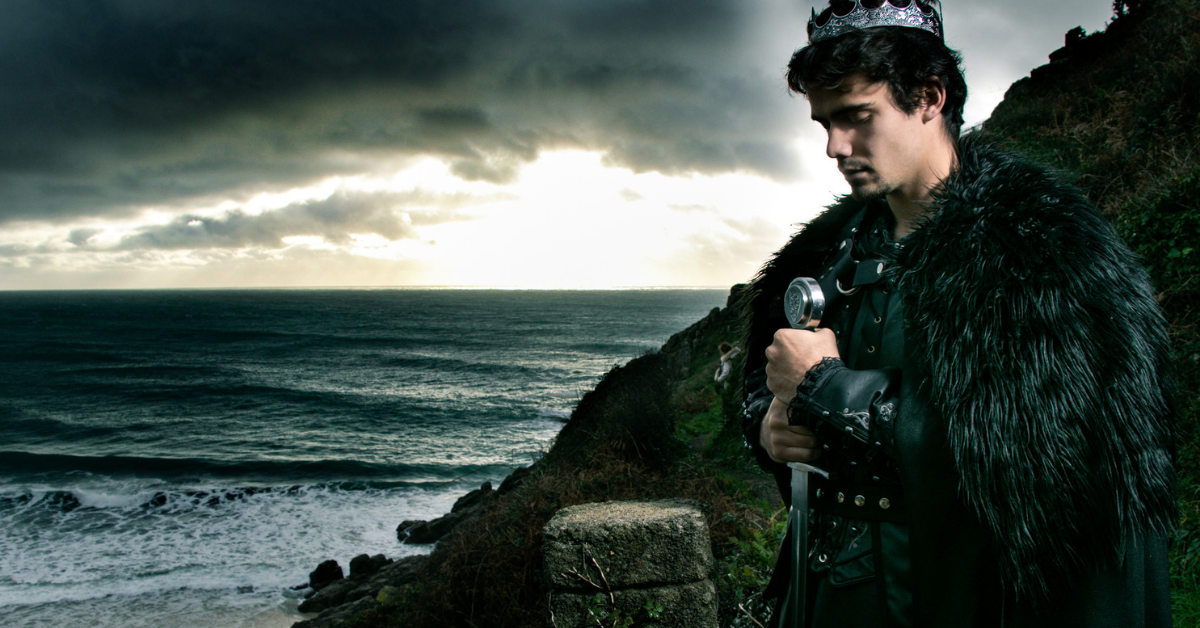In the late ninth century, England was not a united country. Viking raiders from Denmark controlled the north and east. Norwegian and Irish raids left communities fractured. Separate English kingdoms struggled to retain their power in the face of threats from outside, and internal power struggles.
The country was united not by peaceful negotiation but by the wars of a series of strong rulers.
Alfred the Great
When the Vikings invaded England in force in the 860s and 870s, only one ruler stood successfully against them – King Alfred of Wessex, known to history as Alfred the Great.
The Vikings tore through the rest of the country and even brought large swathes of Wessex under their command. Forced to go on the run, Alfred gathered his forces for a desperate fight back. Achieving the first substantial successes against the invaders at Englefield and Ashdown in 871, he drove them back through years of campaigning.
Alfred’s other great military achievement was making Wessex defensible. For years, English settlements had lacked the defenses to protect them against raiders. Alfred created a system of burghs, fortified towns that could provide defensive strong points, retaining control of territory and giving people a safe place to retreat to. He created feudal obligations for people to help build and maintain these defenses, to ensure they stayed in place.
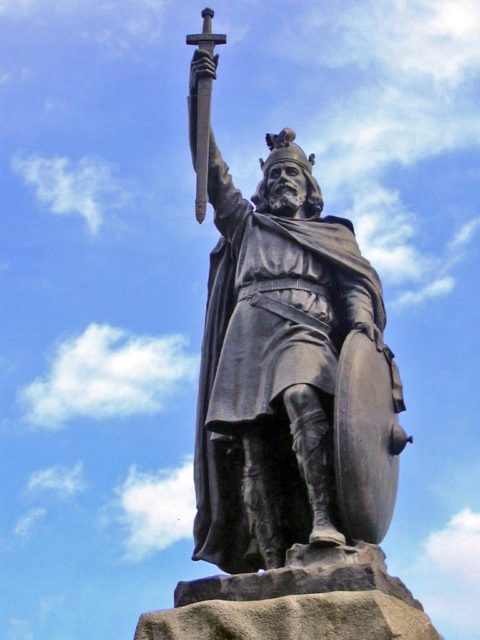
Critically, Alfred was so powerful that King Aethelred of Mercia acknowledged him as overlord. This turned the two largest power blocks in the country into a single whole, with the Viking lands of the north and east as their main opponent.
Edward the Elder
By the time Alfred’s son Edward, known as “the Elder,” came to the throne in 899, he was an experienced Viking fighter, having led armies during his father’s time. He defeated an attempt to take his throne by his cousin Aethelwold, who was backed by the Vikings.
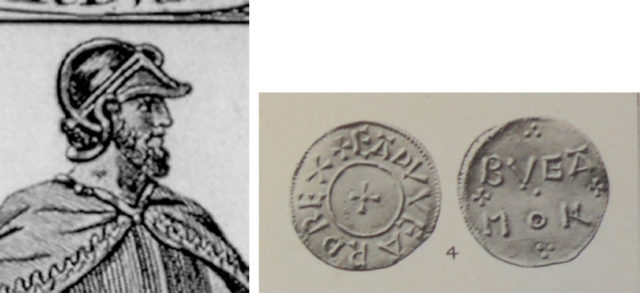
From 909, Edward went on the offensive, beginning years of complex warfare. Raids and counter-raids went back and forth across the border. Edward drove back Viking invaders, breaking the strength of the York Danes at Tettenhall in 910. He advanced into Viking lands, punishing his opponents for their attacks and gradually eating away at their territory through the submission of towns such as Nottingham and Stamford.
Like his father before him, Edward used fortifications to consolidate his conquests. Some were taken from the Danes, while others were built from scratch, defensive earthworks taking about a month to construct. They were garrisoned by landowners called thegns, who were responsible for bringing their retainers as troops.
Aethelred’s wife and successor, Aethelfled, died in 918. By then, Edward held such a position of power that Mercia became his, officially uniting it with Wessex.
Aethelfled
Aethelfled was an important war leader and ruler in her own right. Alfred’s daughter and Edward’s sister, her marriage to Aethelred of Mercia helped forge bonds between that kingdom and Wessex. But it was when her husband died in 911 that Aethelfled showed what she was really capable of, taking control of his kingdom and his armies.

From 914, Aethelfled joined with her brother in launching offensives against their enemies across England. While he focused on the Danish invaders and settlers of the southeast and Midlands, she concentrated on the Welsh and Norse in the north and west. Her interventions prevented the Vikings from uniting to fight Edward, allowing a strategy of divide and conquer.
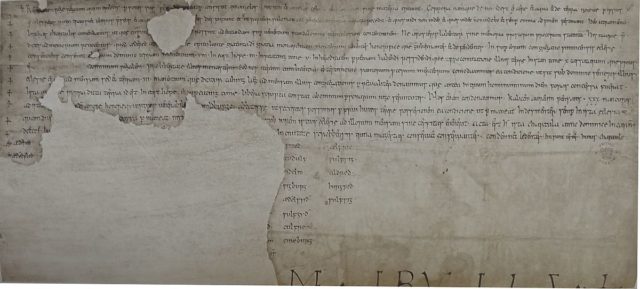
Aethelfled conquered Leicester in 918, after which the Kingdom of York came to her in search of aid against attacks from Norwegian forces out of Dublin. She had become a recognized power in her own right, and this set up the later absorption of York.
Aethelfled died in June 918, leaving Mercia to her brother and uniting the kingdoms.
Athelstan
When Edward died in 924, his son Athelstan came to the throne. Together with his brothers Edmund and Eadred, he focussed on consolidating territory in the south, while having more mixed experiences in the north.
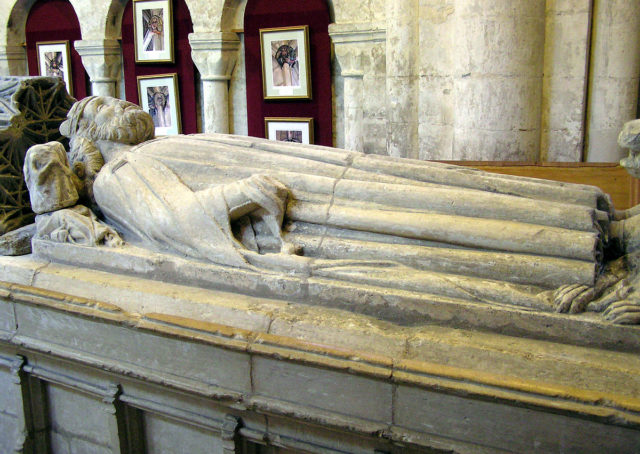
From 927 to 934, Athelstan controlled Northumbria, the most northerly part of England. This stirred up conflict with all the other powers interested in that region. A peace agreement made in 927 with Scotland and Strathclyde quickly fell apart. In 934, Athelstan gathered an army that included Welsh and Danish forces and marched north, raiding almost as far as Aberdeen in a great display of power.
In response, Scotland and Strathclyde banded together with the Dublin Norwegians to invade Athelstan’s kingdom in 937. Their army was defeated by Athelstan at the Battle of Brunanburh. Little is known about this important battle, and even its location remains a mystery.
Edmund
The reign of Athelstan’s half-brother Edmund did not start well. Athelstan’s death in 939 created an opportunity for Olaf of Dublin, who attacked northern Mercia and seized the Kingdom of York. Unable to deal with this threat militarily, Edmund bought peace by handing over the Five Boroughs, a large swathe of territory that included the towns of Nottingham, Lincoln, and Derby.
Soon after, Olaf himself died, providing Edmund with the opportunity he needed. He retook the Five Boroughs in 942 and York in 944. These conquests were followed by an invasion of Strathclyde in 945, about which little information remains. Strathclyde would never fall to the English, instead being swallowed up by its neighbor to the northeast, the Kingdom of Scotland.
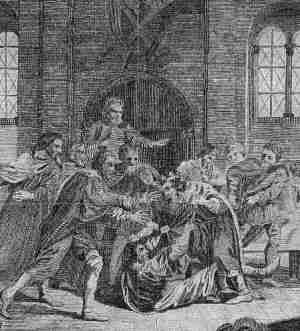
Edmund did not rule for long, dying in 946. But he left England united, its territory mostly as it would maintain for the next thousand years and more. York was briefly retaken by Vikings under King Eric Bloodaxe in 948 but retaken in 954. Across the rest of the country, fortifications modeled after those of Alfred the Great consolidated the country, preventing raiders from taking control.
Though the unification of England involved famous pitched battles, it was this process of fortification, combined with slow and steady advances, which allowed the nation to be united by military might.
